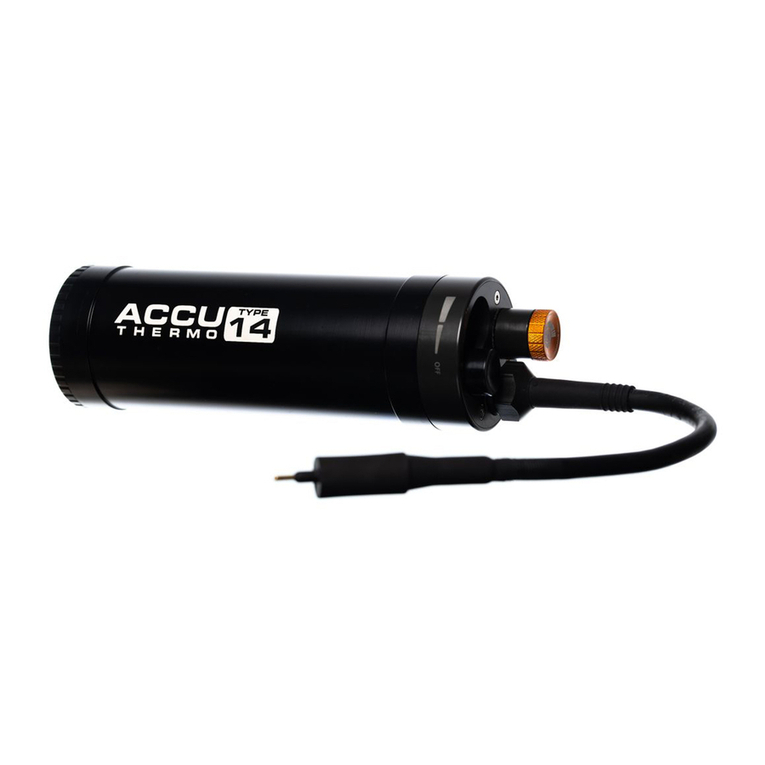
THANK YOU FOR CHOOSING
AMMONITE SYSTEM
We are hopeful that your experience with Ammonite System
products will be smooth and flawless. To ensure that please
read this manual and follow the rules within.
For any questions please check our website
www.ammonitesystem.com, contact us by e-mail or our
fanpage on Facebook.
The symbol placed on the product or its package
indicates that this product cannot be treated as
household waste. It should be handed over to the
applicable collection point for the used up electrical
and electronic equipment By providing proper
storage you may prevent dangerous consequences
to the environment and human health.
Recycling helps to preserve natural resources. For more in-
formation about recycling of this product, please contact your
local authorities or authorities responsible for environment
protection, your household waste disposal service or the shop
where the product was purchased.
At the end of the use, the battery should be placed in a special
container or brought to a collection point for the recycling of
electrical and electronic equipment.
In order to do this please read current environmental
protection regulations.
NOTE
Despite the regulations in force
concerning air shipping of hazardous
goods including Li-Ion batteries, the shipping
company may refuse to ship a Li-Ion battery
onboard a plane. Ammonite System will not be held responsible
for such occurrences.
INTENDED USE
ACCU TYPE 9, ACCU TYPE 10, ACCU TYPE 14 and ACCU TYPE 24,
later called ACCU batteries, are intended to be used to supply
power to umbilical dive lights operating at a maximum of 12 V.
ACCU batteries feature one connection terminal at the top part
of the casing. The terminal is intended for power supply of any
Ammonite System umbilical dive light and for the battery charging.
GETTING READY FOR OPERATION
It is recommended to use a fully charged battery to maximise
its operation time.
RECOMMENDATIONS FOR USE
In the case of a longer period of non-use, the battery capacity
must be checked by connecting the charger to the charging
port.
If need be, the battery should be charged up.
PRECAUTIONS
LI-ION BATTERY PACKS
The battery should not be left unattended while being charged.
The battery pack must be fully charged before its first use.
Deep discharge of the pack i.e. one below 8.0 V (15% on the
battery display) should be avoided.
The batteries discharge spontaneously even when they are not
used. This may result in deep discharge and, consequently, loss
of capacity or deterioration of the battery pack.
Before use in water, condition of the electric cables, particularly
the E/O cable, and the charging port plug (if used) should be
checked.
If any damage is detected, the battery pack should not be used.
The battery should be checked for leak tightness.






















